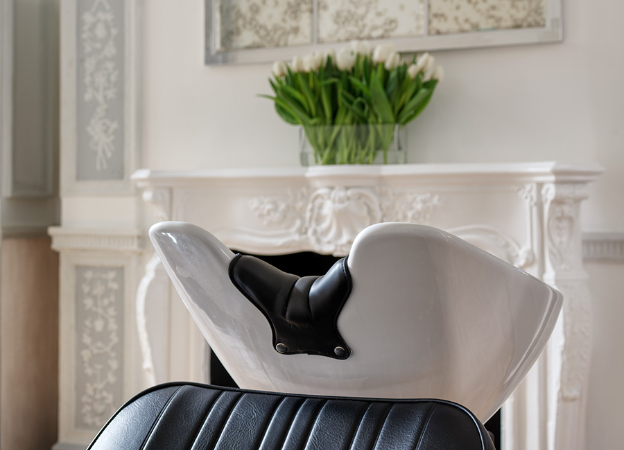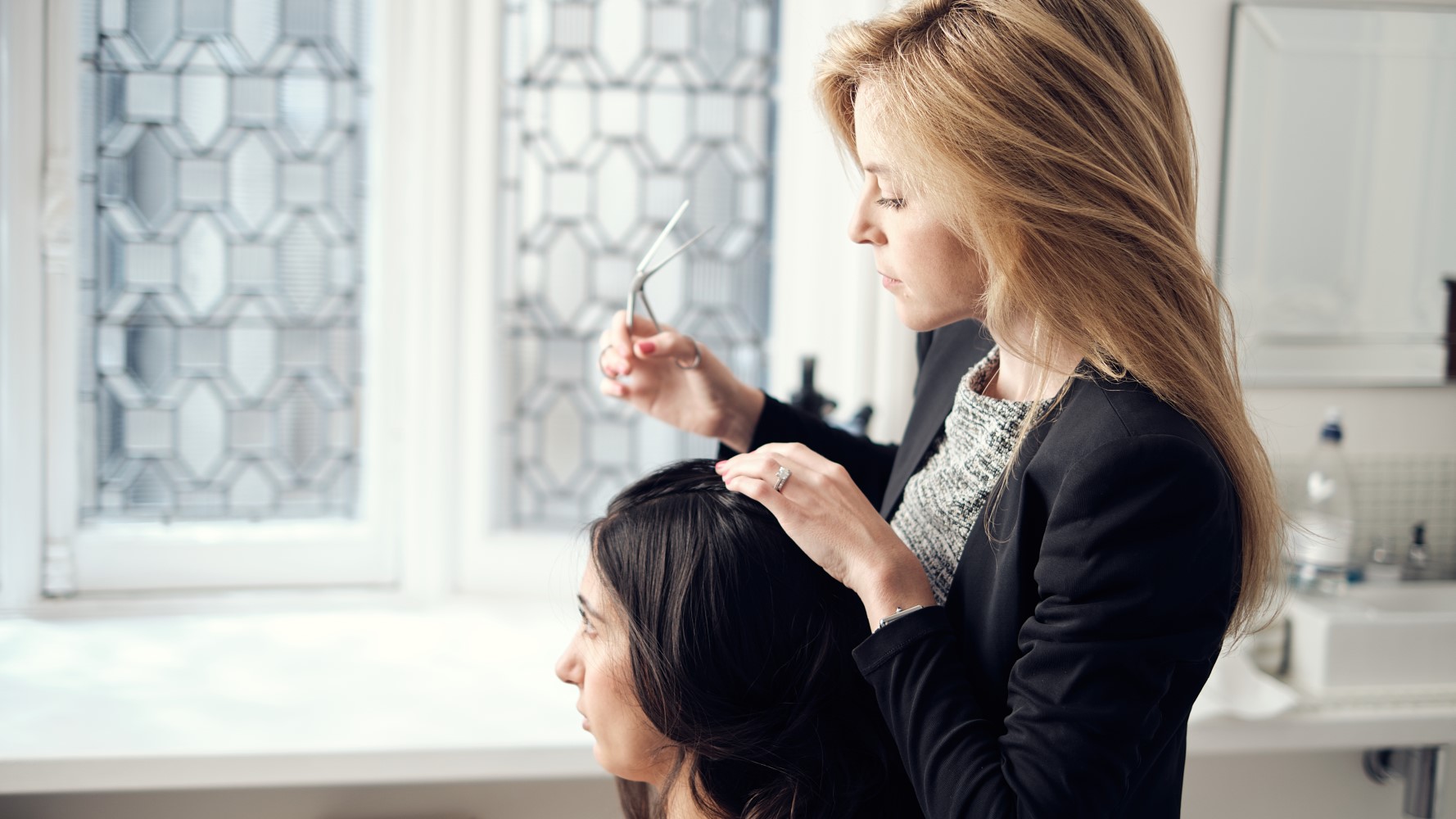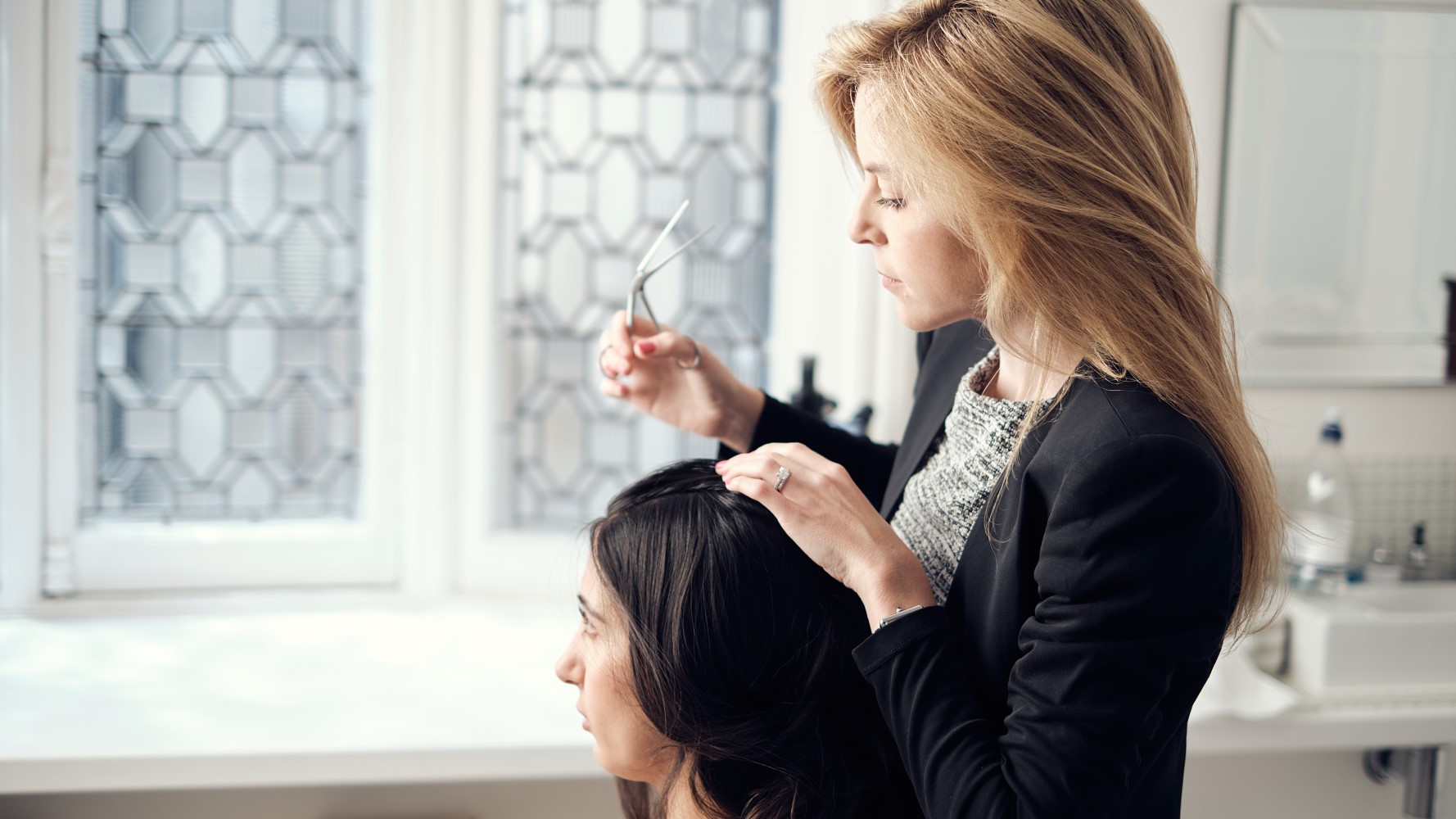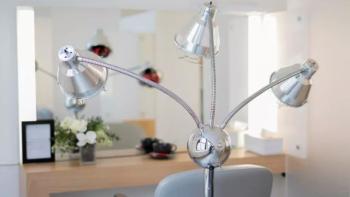What is Traction Alopecia?
It is most commonly seen in people who wear weaves, tight braids and hair extensions. It also occurs in those who consistently wear their hair pulled back tightly from their scalp — for instance, ballerinas and gymnasts, or people who simply like to tie up their hair in tight ponytails or buns. Traction alopecia can also be the result of excessive or harsh brushing and/or backcombing.
Traction alopecia is most often seen in women, but it can also occur in men who style their hair in any of the above ways.
What are the Symptoms of Traction Alopecia?
Traction alopecia usually takes the form of hair recession. It often begins on the front hairline and on the margins of your scalp, where the most traction (pulling) is exerted. However, over time it can move further back as new hairs are put under strain. This can cause significant recession of your hairline.
Traction from tight styles can also result in hair breakage. For example, if you tie up your hair in tight rubber bands, the bands may cut into your hair shaft and break strands throughout your mid-lengths.
How can You Treat Traction Alopecia?
If you believe you are experiencing traction alopecia, the first thing to do is stop styling your hair tightly. We know this may be difficult for people who are used to wearing hair extensions, tight buns or braids — but it is the best way to make sure your hair will grow back. If you act on traction alopecia early, your hair should regrow over a few months to a year.
However, over time, irreversible damage can be done. Constant pulling on a follicle eventually causes it to distort and atrophy (waste away). This makes individual hairs grow back finer and shorter. In severe instances, a follicle can become permanently scarred, so that hair is not able to grow from it at all.








